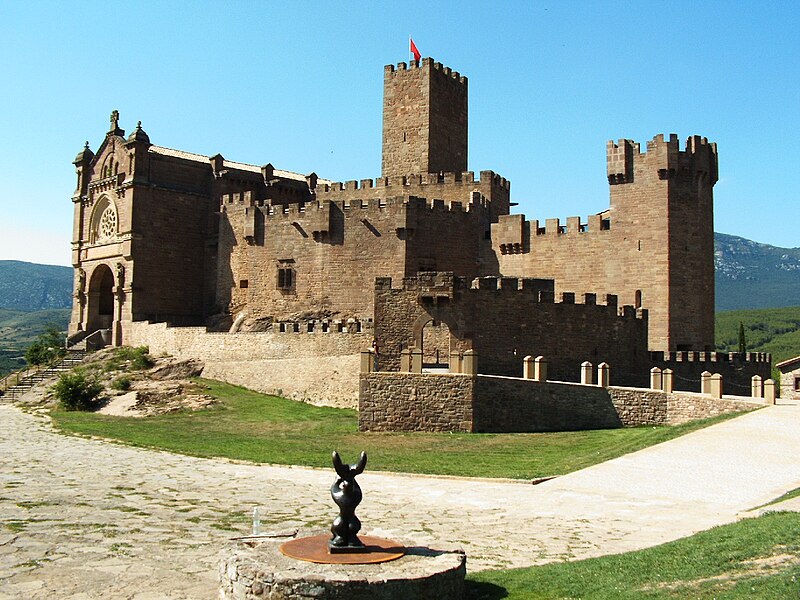Imachen:Castillo de Javier.jpg

Grandaria d'ista previsualización: 800 × 600 pixels. Atras resolucions: 320 × 240 pixels | 640 × 480 pixels | 1024 × 768 pixels | 1280 × 960 pixels | 1600 × 1200 pixels.
Fichero orichinal (1600 × 1200 píxels; grandaria d'o fichero: 577 kB; tipo MIME: image/jpeg)
Historial d'o fichero
Punche en una calendata/hora ta veyer o fichero como amaneixeba por ixas envueltas.
| Calendata/Hora | Miniatura | Dimensions | Usuario | Comentario | |
|---|---|---|---|---|---|
| actual | 14:17 17 chun 2008 |  | 1600 × 1200 (577 kB) | Flickr upload bot | Uploaded from http://flickr.com/photo/17384453@N00/853728069 using Flickr upload bot |
Uso d'o fichero
As 3 pachinas emplegan iste fichero:
Uso de fichers globals
Os siguients wikis fan servir iste fichero:
- Uso en be.wikipedia.org
- Uso en ca.wikipedia.org
- Uso en es.wikipedia.org
- Uso en eu.wikipedia.org
- Uso en it.wikivoyage.org
- Uso en lb.wikipedia.org
- Uso en pt.wikipedia.org
- Uso en qu.wikipedia.org
- Uso en ru.wikipedia.org
- Uso en vi.wikipedia.org